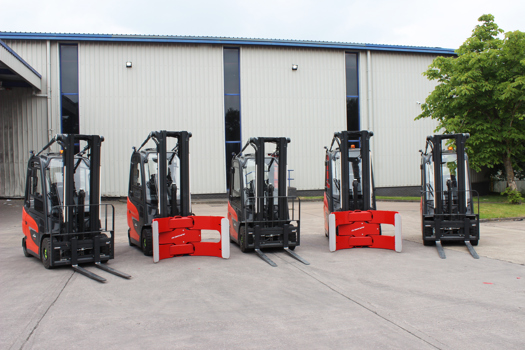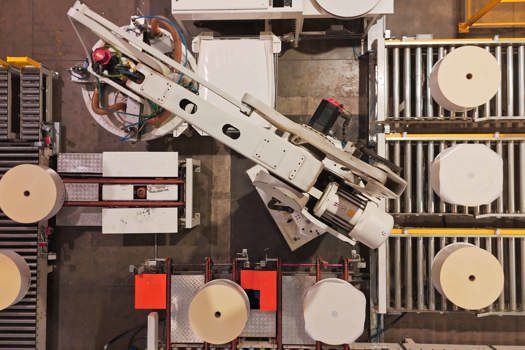President and chief executive Jake Yamashita presented the group’s 20th Mid-Term Management Plan and Medium to Long-Term Outlook to investors last week.
Subsequently, Bloomberg reported on the meeting, and resulting share price spike, by stating: “Print is dead? Japan’s Ricoh Co, best known as a maker of copiers, printers, faxes and other office mainstays, has joined those saying so.”
However, Ricoh’s presentation about the shift to digital services was focused on workplaces, office environments and the new tools required for remote working.
In the same presentation the manufacturer also highlighted the future opportunities for its Ricoh Graphic Communications business unit.
In commercial printing it is targeting growth through “new product to accelerate offset-to-digital” and the digitisation of printing workflows. In industrial printing it plans to expand market share with new thin film inkjet heads, and plans to expand its sales channels in textiles and signage and graphics.
David Mills, chief executive of Ricoh Europe, commented: “Since our company was founded 85 years ago, print has been at the heart of Ricoh and we are tremendously proud of our heritage and innovation in this space. Recently, we previewed our groundbreaking B2 inkjet press which we believe will be a game changer in the production print space.
“Our approach as an organisation has always been to evolve to meet changing customer needs and our business has been on a journey particularly during the last decade, where alongside our commitment to print, we have substantially grown our digital services capabilities. Today, we are proud to be a digital services company that is able to support and partner with customers across the globe to meet their digital transformation needs, in both print and well beyond.”
Ricoh had sales of ¥2,008bn (£13.3bn) in 2019/20. It is expecting to file sales of around ¥1,664bn for the pandemic-effected financial year ending 31 March 2021, with an operating loss of ¥49bn compared to the prior year’s profit of ¥79bn. The group aims to grow sales to ¥2,200bn and group operating profits to ¥150bn by financial year 2025.
The company has also earmarked ¥100bn from its M&A war chest for further potential buys in Graphic Communications and Industrial Solutions.
Ricoh is expected to share more details about the Ricoh Pro Z75 press, which would have been part of its Drupa 2020 showcase, in Q2.
Sustainability, zero-carbon and the circular economy were also highlighted in the investor presentation. Ricoh is developing a new plant-based material, PLAir, that could be used for a variety of purposes including packaging materials, food containers and trays.
Ricoh will introduce a new company structure next month, with its operations organised into into five business units, where each unit operates autonomously and “builds an integrated approach from development to production and sales”.
The group had originally planned to introduce the new structure in 2023, but at the end of last year announced that it had brought the plans forward “to respond quickly to the rapidly changing business environment”.










